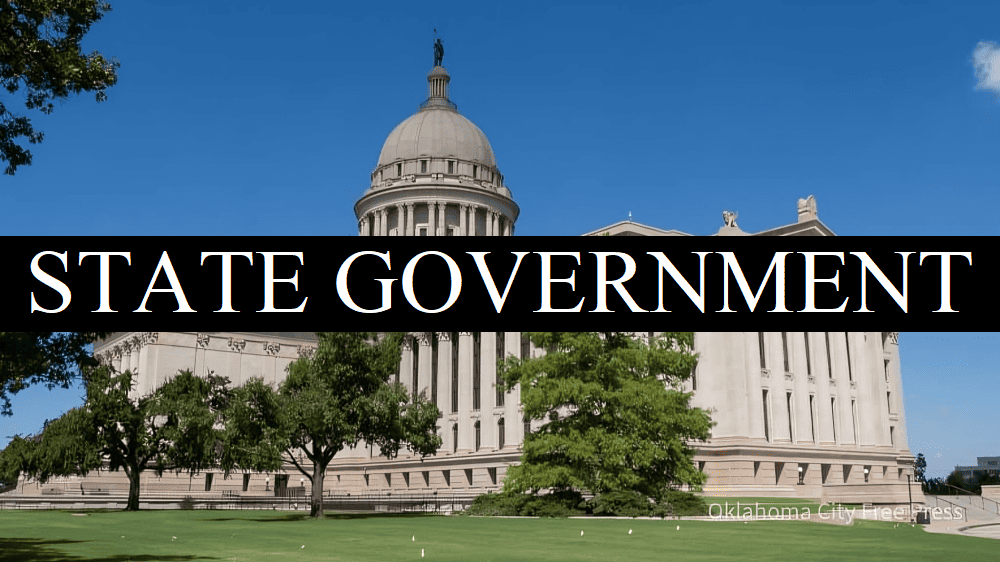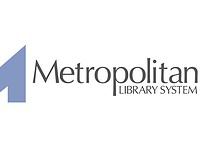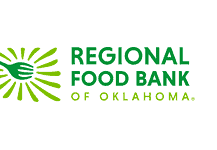Last Updated on January 15, 2024, 10:29 AM | Published: January 15, 2024
The Oklahoma Policy Institute sends this information as posted below:
Oklahoma’s tax system is upside-down, with everyday Oklahomans paying a far greater share of their income in taxes than wealthy residents. Proposals to eliminate the state’s income tax would widen this disparity, according to the latest edition of the Institute on Taxation and Economic Policy’s Who Pays?, the only distributional analysis of tax systems in all 50 states and the District of Columbia.
The deep imbalances in Oklahoma’s tax code are largely driven by the state’s relatively flat income tax; comparatively small credits for low-income Oklahomans, including the Earned Income Tax Credit and the Child Tax Credit; and the state’s high reliance on sales tax without a sufficient tax credit to offset costs for low- and moderate-income Oklahomans.
“ITEP’s Who Pays? report confirms that Oklahoma’s tax code asks the most from residents who have the least,” said Shiloh Kantz, Executive Director of the Oklahoma Policy Institute. “Decades of poorly targeted tax cuts have made our tax system unfair, while core state responsibilities remain underfunded and too many Oklahomans families don’t get the help they need to thrive. Lawmakers need to resist the siren’s call for permanent tax cuts — or even eliminating income taxes completely — that would worsen the problem. Instead, our lawmakers should turn to timely, targeted ways to put money back in the pockets of the everyday Oklahomans who need it most.”
Oklahoma lawmakers could help fix this imbalance immediately by expanding the Sales Tax Relief Credit, the Earned Income Tax Credit, and the Child Tax Credit for low- and middle-income Oklahomans.
For long-term solutions, lawmakers should consider comprehensive changes that ensure all residents pay their fair share while the state adequately funds the essential services needed for all Oklahomans to succeed. These tax system changes include a pivot to a more graduated personal income tax, higher corporate taxes, and decreased sales taxes. However, any tax cuts must be paired with new or increased revenue to ensure the state has the resources it needs to adequately address the state’s many unmet needs. Balancing tax cuts with new revenue is made more difficult in Oklahoma because of State Question 640’s supermajority requirement for raising new revenue, which has only happened twice in three decades.
The report’s key findings for Oklahoma:
- The lowest-income 20 percent of taxpayers face a state and local tax rate that is almost double the rate for the top 1 percent of households.
- The average effective state and local tax rate is 12.2 percent for the 20 percent of Oklahoma households that earn the least. This means they pay just over 12 percent of their income in taxes.
- The middle 20 percent of Oklahoma earners have an effective tax rate of 10.5 percent, while the top 1 percent of Oklahoma households by income pay just 6.3 percent of their income towards taxes.
- Oklahoma has the 16th most regressive tax system in the nation. Regressive tax systems are ones in which taxpayers who earn less pay a higher share of their income towards taxes than wealthier residents. The practical effect of a regressive tax system is that wealthy Oklahomans benefit from our tax code far more than their lower-income counterparts.
- Eliminating the state’s personal income tax would dramatically make the state’s tax system less fair to everyday Oklahomans. .
- Eliminating the personal income tax would mean the lowest-income 20 percent of taxpayers would face a state and local tax rate that is 300 percent higher than the top 1 percent of households.
- If that policy were in effect in 2024, the state would drop to the 8th most unfair tax code in the nation.
- Oklahoma is one of 41 states that tax the top 1 percent less than every other income group, and one of 34 states that tax their lowest-income residents at a higher rate than any other group.
Nationally, tax systems in 44 states exacerbate inequality by making incomes more unequal after collecting state and local taxes, while systems in six states plus D.C. reduce inequality, the report finds. On average across the country, the lowest-income 20 percent of taxpayers face a state and local tax rate nearly 60 percent higher than the top 1 percent of households. The nationwide average effective state and local tax rate is 11.3 percent for the lowest-income 20 percent of individuals and families, 10.5 percent for the middle 20 percent, and 7.2 percent for the top 1 percent.
“When you ask people what they think a fair tax code looks like, almost nobody says we should have the richest pay the least. And yet when we look around the country, the vast majority of states have tax systems that do just that,” says Carl Davis, ITEP’s Research Director. “There’s an alarming gap here between what the public wants and what state lawmakers have delivered.”
About the report
Who Pays? is the only distributional analysis of tax systems in all 50 states and the District of Columbia. The comprehensive 7th edition of the report assesses the progressivity and regressivity of state tax systems by measuring effective state and local tax rates paid by all income groups. No two state tax systems are the same; this report provides detailed analyses of the features of every state tax code. It includes state-by-state profiles that provide baseline data to help lawmakers and the public understand how current tax policies affect taxpayers at all income levels. Over 99 percent of all state and local taxes, measured by their revenue contribution, are included in the analysis.
About ITEP
ITEP is a non-profit, non-partisan tax policy organization. We conduct rigorous analyses of tax and economic proposals and provide data-driven recommendations on how to shape equitable and sustainable tax systems. ITEP’s expertise and data uniquely enhance federal, state, and local policy debates by revealing how taxes affect people at various levels of income and wealth, and people of different races and ethnicities.
About the Oklahoma Policy Institute
The Oklahoma Policy Institute seeks to create a more equitable Oklahoma through its nonpartisan policy research, analysis, and advocacy. OK Policy curates critical conversations through data-driven research and outreach regarding state policy so that every Oklahoman has equitable opportunities to thrive.
Free Press curates press releases from organizations and people we know to be reputable. If you would like to submit a well-written press release for us to publish on our site, please click the email icon at the top of this page.










